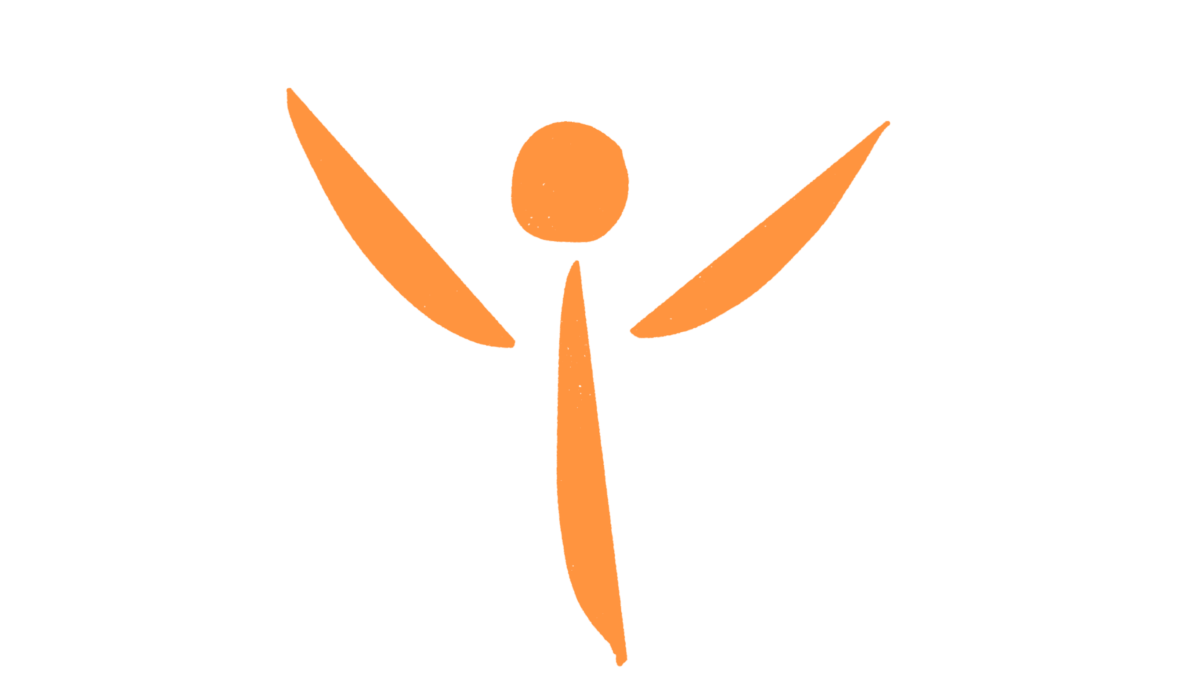
Not one Human Being (Scientists included), or for that matter, creature on the planet, ‘knows’ reality i.e. What Is.
Controversial? 😱
What we know, is the representation we have built of it in our mind / body.
We do not react or respond to reality, we react or respond to the representation we have built of it and yes we do have instinctual responses ‘programmed’ within us. (Instinctual behaviour is the inherited ability of an organism to respond to a specific stimulus.)
We do not however live our lives mainly driven by natural instincts.
We LEARN what reality is, we are taught by our own experience, by our parents, by others, by the culture we are raised in, by the language(s) we learn, the beliefs and values we learn, using them to ‘label’ and ‘understand’ reality .
A lot of the learning about reality takes place when we are babies / toddlers / children.
We learn labels, scripts, patterns of thinking, habits, beliefs, values etc that ‘equip’ us (in a range of useful to not useful) to ‘deal’ with reality.

We then live our lives in a ‘Thought Bubble’ that we create ABOUT reality using those labels, scripts, patterns etc. Note:- we may learn to ‘hijack / take over’ some instinctive patterns within the ‘Thought Bubble’ and then modify them, for example the FEAR response. The majority of us are not aware of living in the ‘Thought Bubble,’ and normally never question our thoughts ABOUT reality.
Belief:- an internally held representation of a lens through which we perceive reality. (We have thousands that vary by context) and we learn them all.
We build our representation of reality (Thought Bubble) by way of those learned beliefs (lenses).
Some of those beliefs operate at a level below conscious awareness and are know as cognitive biases e.g. confirmation bias.
There are many, many cognitive biases, just google. https://www.visualcapitalist.com/50-cognitive-biases-in-the-modern-world/
It is NOT seeing is believing, it is BELIEVING is seeing.
You may have heard the quotation “Give me a child until he is 7 and I will show you the man.” ~Aristotle.
An issue arises:-
> A prime driver for every creature is to survive and thrive.
> A subset of that driver is to keep ourselves SAFE.
> Lack of safety triggers FEAR.
> As a child, our young immature brain learns patterns to minimize the stress caused by fear (feeling unsafe)
The brain learns by repetition, by repeating those thoughts about how to avoid fear. Some beliefs we may form are:-
I’m not good enough – I must please everyone – I need to be perfect etc. then I’ll be safe
> We also learn patterns and scripts as the stimulus (lack of safety), triggers FEAR.
What may happen then is, that FEAR dominates how we live our lives and drives / motivates our thoughts, emotions and behaviours. In this state of course, we are not normally aware that we LEARNED these patterns and scripts, we are just aware that well, this is my life, this is how I am, look at what’s happening to me etc. In fact we develop a VICTIM mentality where of course there is also a ‘Persecutor’ and a ‘Rescuer’ we live our lives as the VICTIM in the Drama Triangle. Actually, we all play each of the roles and you may recognise them playing out in your life.

Until what?
There is a question I like:-
Is your Mind your Master or are you the Master of your Mind?
When our Mind is our Master we kind of run in ‘automatic mode’ perceiving reality through those learned beliefs / lenses (within our thought bubble) and mainly reacting to Reality (What Is), following the old scripts and patterns that we learned. You may notice in a Team meeting for example, childhood patterns emerging and playing out, its like being back in the school playground.🤷🤪🤬🤯😒😖😜🤷♂️
As I said, some patterns of thoughts and strategies may serve us well. Others perhaps, not so much.
As we learn to become Master of our Mind, its like we operate at a different level of consciousness and are much more likely to think about our thinking / how we are representing ‘things?’ Pausing and choosing how to respond, rather than reacting to the representation of Reality we have built . We recognise also perhaps a few of those beliefs e.g. “I’m not good enough” that we have learned do not perhaps serve us well and because we are Masters of our Mind, we can choose to change those beliefs.
- How are you representing the reality of issues, problems in your life?
- What belief might you CHOOSE to Change?
- How might you reframe the representations of reality you have built?





